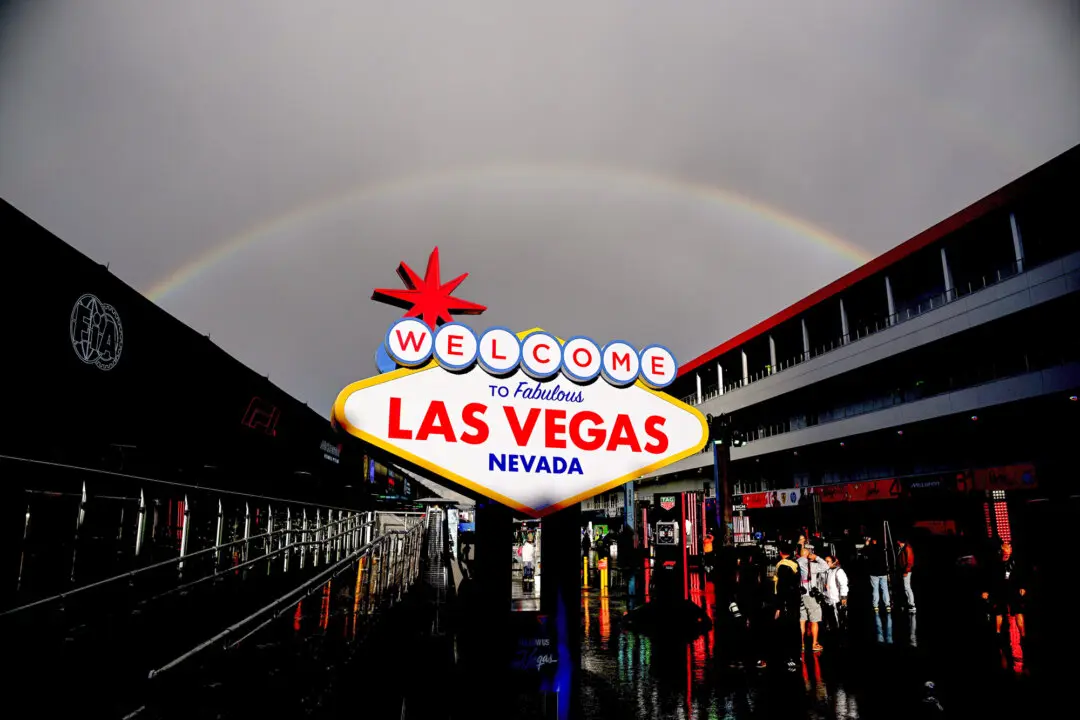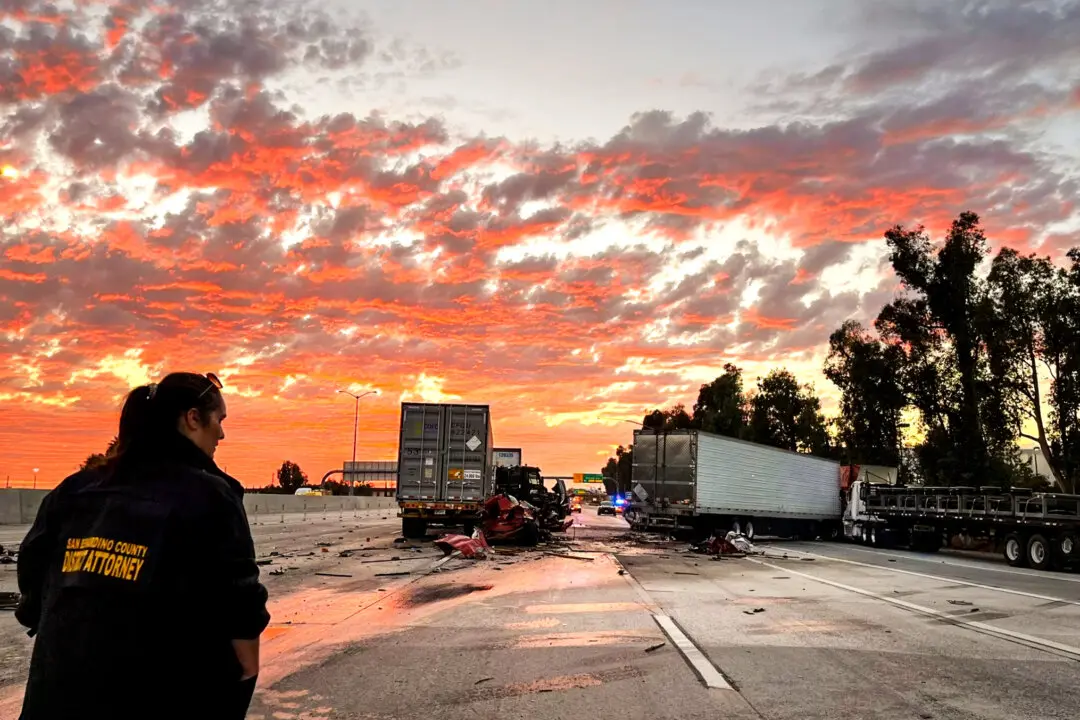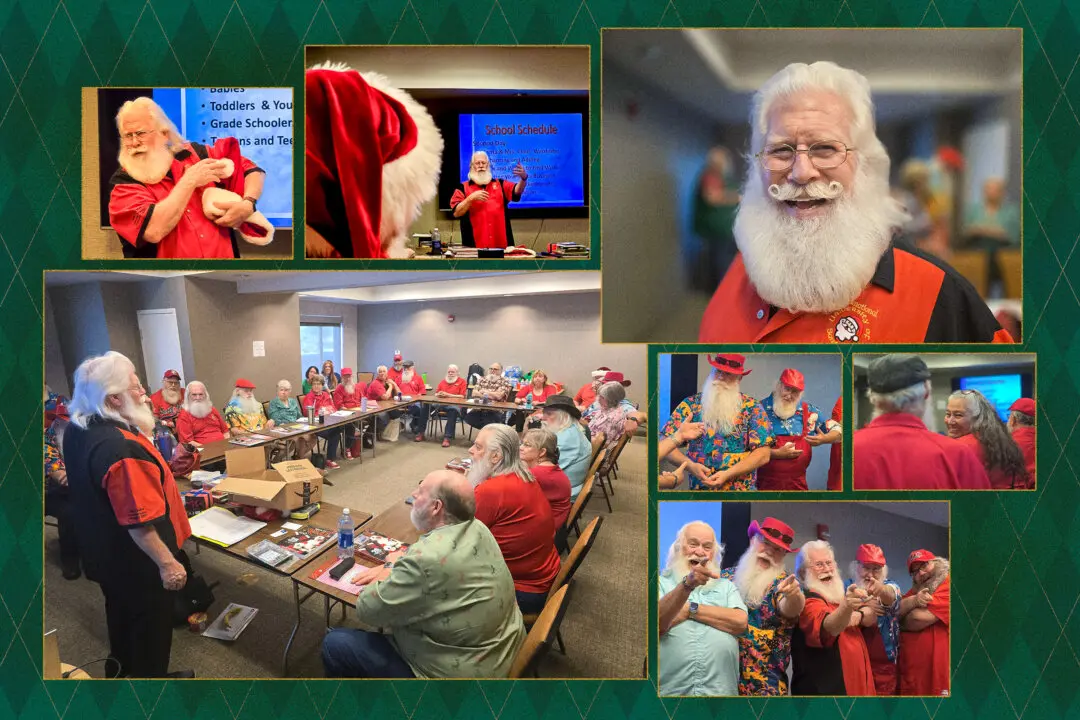EDGEMONT, S.D.—Tom and Mary Soulsby of Georgia aimed to build their dream home in Tennessee as part of their plan to retire to a safe rural location following the 2020 riots and civil unrest.
The property had everything they desired: peace, dense forests, green pastures, and a duck pond. The home would have a cement basement. That way, they could rebuild on a solid foundation if the house was somehow demolished or burned down.





